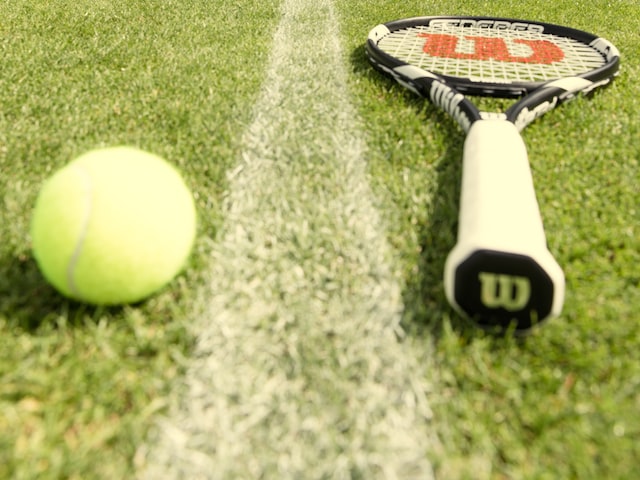
Symbolbilder von Unsplash.com
Introduction
Tennis is a highly competitive sport that requires precision, focus, and fair play. To ensure that the game is conducted in a fair and unbiased manner, the role of a referee or a tennis umpire becomes crucial. But did you know that there are different types of umpires in tennis, each with specific responsibilities and roles? In this blog post, we will explore the various referee roles in tennis and how they influence the game. Join me on this tennis umpire journey as we dive into the world of line judges, chair umpires, and more!
Different Referee Roles in Tennis
1. Line Judges

Line judges play a critical role in determining whether the ball lands within the boundaries of the court. They are positioned on either side of the court and focus on specific lines, such as the baseline and the side lines. Line judges are responsible for making immediate decisions on whether a shot is in or out of bounds.
Their observations are relayed to the chair umpire, who can either accept or overrule their decisions based on their own judgment or electronic line-calling technology, such as Hawk-Eye. Line judges must have quick reflexes and a keen eye to make reliable and unbiased calls, as their decisions can significantly impact the outcome of a game.
2. Chair Umpires
The chair umpire is the central figure on the court and has overall authority during a tennis match. Positioned on an elevated chair at the net, the chair umpire ensures that the game is conducted fairly and enforces the rules of the sport. They have several responsibilities, including:
- Starting and ending the game
- Calling the score after each point
- Overseeing the conduct of players
- Adjudicating disputes between players
- Making final decisions on line calls in the absence of electronic line-calling technology
The chair umpire acts as the final authority on the court, ensuring that the game proceeds smoothly and efficiently. They must have excellent knowledge of tennis rules and regulations, assertiveness, and strong decision-making skills to handle the pressure of high-stakes matches.
3. Video Replay Officials
With the advancement of technology, some tennis tournaments now employ video replay officials. These officials review close or contested line calls using video footage to ensure the accuracy of the decisions made on the court. Video replay officials play a vital role in reducing human error and ensuring the fairness of the game by correcting any mistakes made by line judges or chair umpires.
Their role is to provide a second opinion based on the video evidence available. This additional layer of scrutiny adds another dimension to the officiating process and assists in making more accurate and fair decisions.
Conclusion

Tennis umpires, such as line judges, chair umpires, and video replay officials, play essential roles in ensuring fair play and the proper conduct of the game. Each role has its specific responsibilities and contributes to maintaining the integrity of the sport.
As tennis enthusiasts, it is important for us to appreciate the efforts made by these officials to make timely and accurate decisions. By understanding the roles and challenges faced by tennis umpires, we can gain a deeper appreciation for the sport and its rules.
Remember, the next time you watch a tennis match, take a moment to acknowledge the dedication and expertise of the referees, who work tirelessly to uphold the values of the game.
Now it’s your turn! Share your thoughts and experiences with tennis officiating in the comments below. How do you think these different referee roles contribute to the overall fairness of the game?
Embed Youtube video:
Symbolbilder von Unsplash.com
